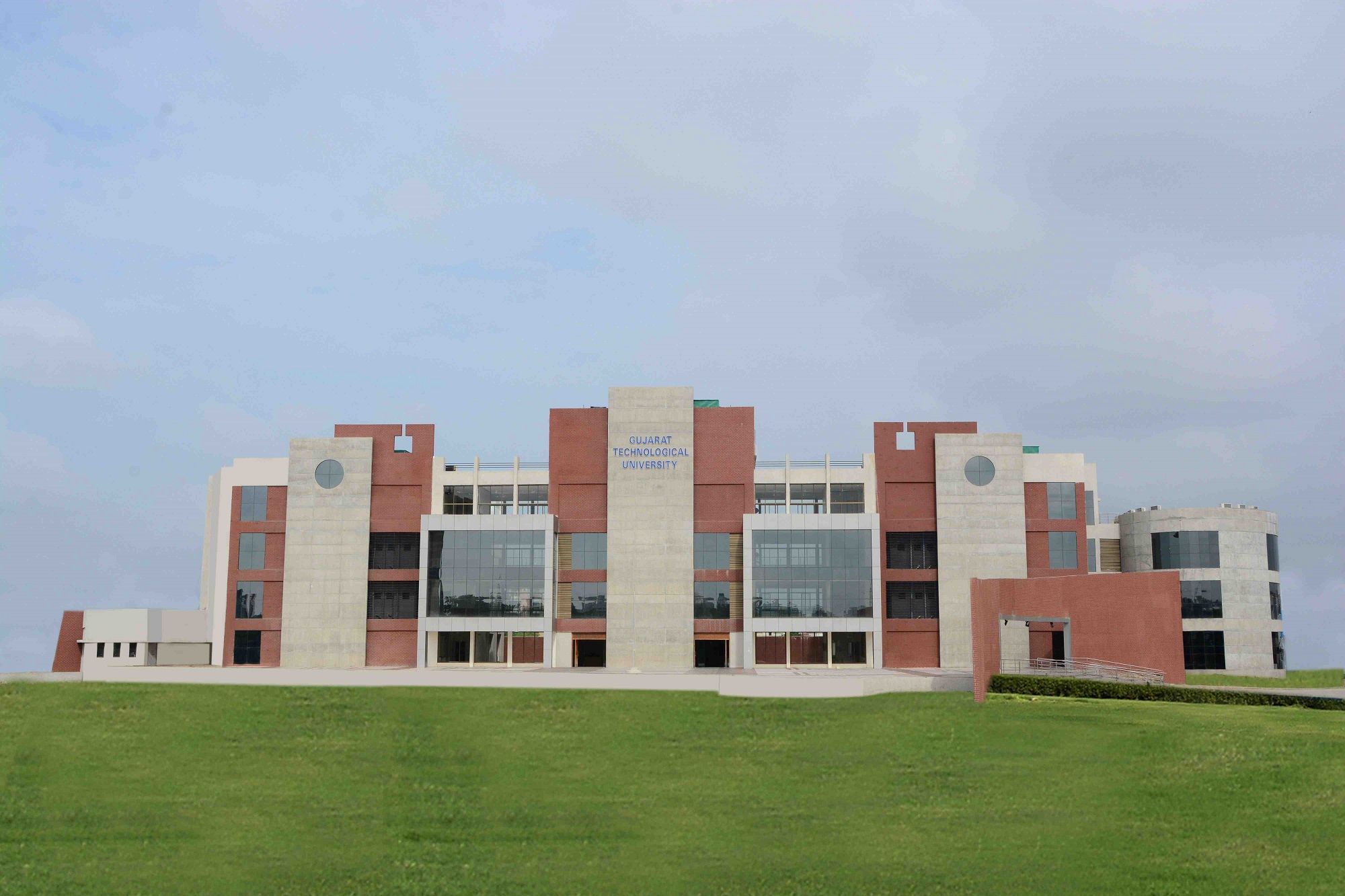
|
|
|
Today, India stands at the threshold of dynamic economic growth. India is the seventh largest economy in the world with a steady growth in its GDP. India has a rich social, cultural and environmental diversity. But it missed the industrial revolution; and its growth rates from 1947 to 1990 were insufficient to satisfy its needs. By opening up the controls on economic activity, the growth rate picked up after the nineties. Everyone agrees that if growth is to be sustainable, it requires innovation in all areas of the innovation ecosystem by providing skill sets to NextGen: innovation in products, production systems, service systems, businesses and policy. In year 2015-16, Government of India has designed programs such as “Make in India”, “Start-up India, Stand-up India” and “Skill India”, which can become platforms for supporting innovations.
|
|
|
Gujarat Technological University (GTU) has started the process of bringing excitement of learning into the laboratories, classrooms and workshops from its foundation in 2007 focusing on Practical Based Learning (PBL). Besides other initiatives, one strand in the process is to imbue the whole of the learning process, during the undergraduate studies, with design orientation. On 2nd February, 2013 (The first cohort of 4-year degree engineering students graduated out in May 2012.), GTU started the process of updating its syllabi. It was decided to develop a design-based learning system, so GTU has introduced a very new, innovative - Design Engineering subject in 3rd semester. It is a first of its kind initiation in the Indian Education system and it is based on “Design Thinking” methodologies which is developed and used by engineers & designers all over the globe. One of the key objectives of this initiative is to infuse the methodology of Design Thinking into the mind-set of the students and the Faculty Members so that it is used in the study of all the core subjects of every branch. Other main objectives include; To stimulate thought process and creativity among the students, To learn problem-solving techniques, To lessen the copy-pasting in the Project work etc. A strong Design Spine of Design Engineering has been included in the syllabi from 3rd to 6th semester from AY 2014-15. At GTU, the processes of designing the project at the final year and of the spine of Design Engineering of degree engineering programs have been synchronized in the interest of seamless progression of practical learning and skill development.
|
|
|
Recently many large Indian industries and organizations working in the areas of manufacturing, ICT, Logistics and Public systems have strongly advocated that design thinking and allied tools add value to the kind of HR that they need to run 21st century enterprises, which face global competition and which need continuous innovation. GTU while developing its academic program has taken into account these needs and has blended the design spine in the program in such a manner that it becomes a win-win situation for both academia and industry.
|